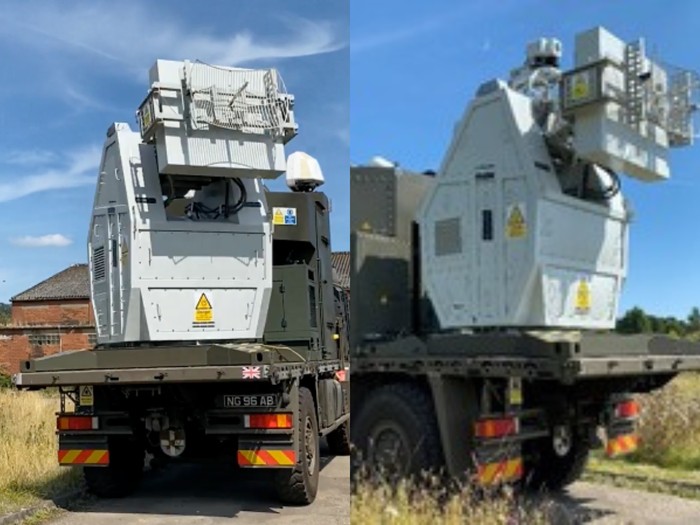
The British military has successfully tested a groundbreaking weapon that uses radio waves to disable drones at a fraction of traditional ammunition costs - just 13 cents per shot.
The Radio Frequency Directed Energy Weapon (RFDEW) system, developed by British defense companies including Thales and QinetiQ, can effectively neutralize unmanned aerial vehicles from over a kilometer away by disrupting their electronic systems with concentrated radio frequency bursts.
In recent trials conducted in West Wales, the British Army's Royal Artillery successfully demonstrated the system's capability to detect, track and disable multiple drone targets. Unlike laser-based systems that struggle against drone swarms, the RFDEW has proven highly effective against multiple simultaneous threats.
"This represents another step forward for a potentially game-changing sovereign weapon," said Defence Minister Maria Eagle, highlighting the system's strategic importance in countering emerging threats.
The RFDEW system offers several key advantages:
- Single-operator capability through high automation
- Precision targeting
- Multi-domain effectiveness against air, land and maritime threats
- Flexible deployment options on various military vehicles
- Ultra-low cost per engagement compared to conventional weapons
The development project has supported over 135 specialized engineering jobs across the UK defense industry. While the successful trials mark a major milestone, additional testing is expected before the system enters operational service.
This innovative approach to drone defense showcases Britain's advancing military technology capabilities, offering a cost-effective solution to an increasing security challenge. At just 10 pence (13 cents) per shot - less than a pack of mince pies according to defense officials - the system could revolutionize how armed forces protect against unmanned aerial threats.